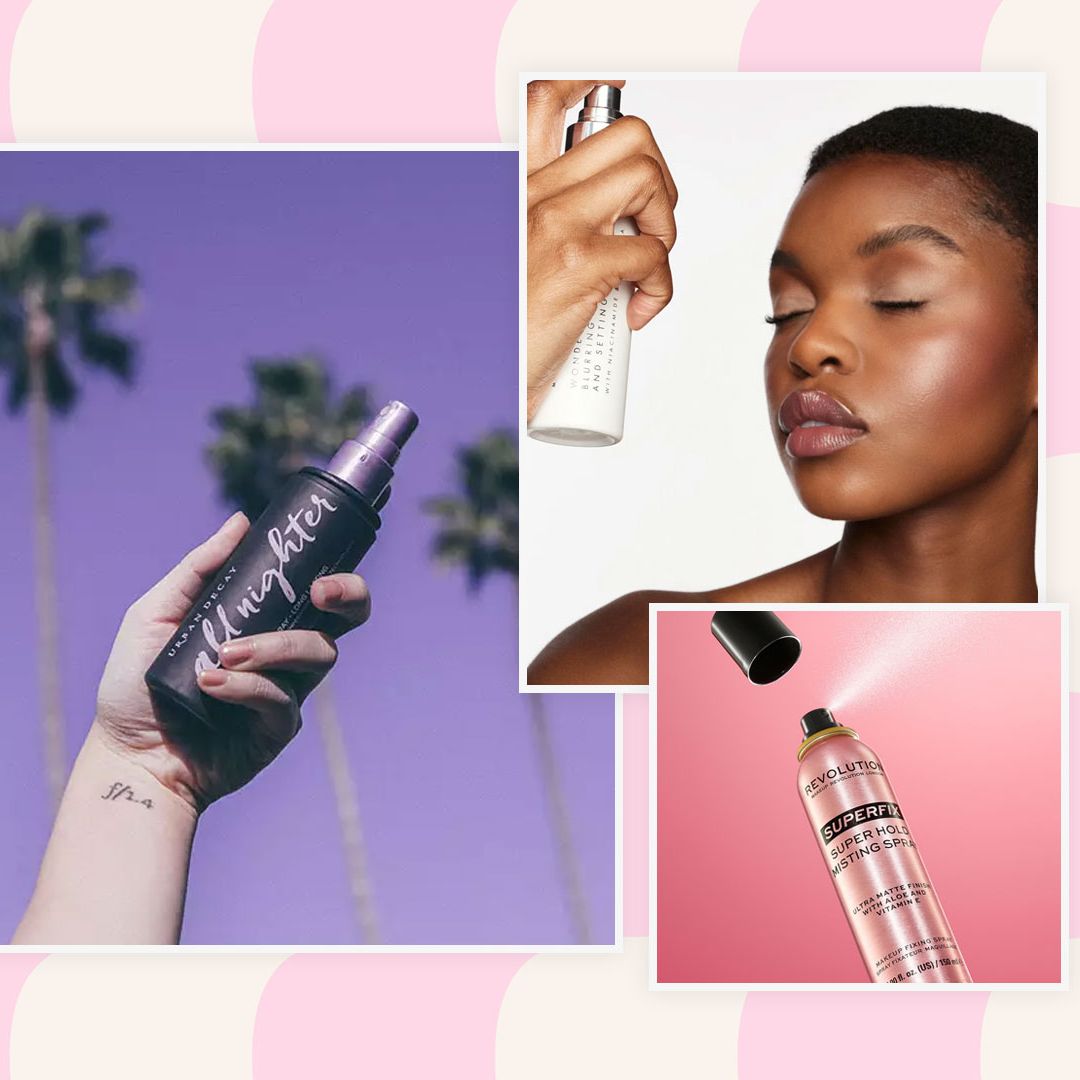There are cream-to-powder formulations, mousse foundations, solid sticks, traditional liquids, compacts… but which is right for your skin type? According to celeb make-up artist Aimee Adams, it's not as simple as saying liquids suit dry skin and compacts suit oily complexions because skin type changes across the face. She recommends focusing on getting the texture and colour perfect, rather than the formulation.
1. The first step is to test the colour
- Do it on your jawline, finding the balance between the face and the chest – you don't want to end up with one strikingly paler than the other.
- Aimee suggests choosing your base by looking in a full-length mirror and going a shade or two darker than you might use on just your face, to match the skin from hairline to décolleté.
- Never buy your foundation according to how it looks on the back of your hand.
- "The texture and the colour are completely different to the skin on the face," she says. "And again hands get more sun so they tend to be darker."
2. Decide what you want your base to do
- Last all day (go for 16-hour formulations), even out skin tone (drier, matte textures work best)
- Look natural (that means dewier, liquidy types of base)
- Absorb oil (more substantial, powdery formulations)
- Or just add a hint of colour and light coverage (tinted moisturisers).
3. Next get the texture right.
- Aimee recommends testing this around the nose as that's where the most difficult type of skin is to cover – with lots of pores it's often oily, containing blackheads that change skin texture, but also sometimes patchy and dry by the nostrils.
- Try your base over the nose, she suggests, wearing it for a few hours to see how it lasts and looking at the result.
- Does it make skin look flaky? (Choose a more moisturising formulation.)
- Does it sink in too much? (Choose a heavier, less liquidy type.)
- Or does it make pores look smaller? (Bingo!)
- Generally, Aimee says, dry and mature skin needs moisturising, liquidy foundations; skin that doesn't need coverage and has a natural glow can get by with tinted moisturiser; while more substantial, thicker base usually suits uneven or oily skin. She says to leave solid foundations and crème-to-powder formulations for touch-ups.








